A bat ‘superhighway’ with specially tuned lighting has been nominated for a Build Back Better Award., a London-based awards program. The streetlights along a stretch of road in Frederiksborgvej, Denmark, have been designed to have a minimal impact on the local bat population while providing the required lux and uniformity levels for Danish road and cycle path standards.
The design practice, Light Bureau, used red light because research shows that it is less disruptive on wildlife while allowing people to find their way and maintaining their dark adaptation, and night vision. The project – dubbed ‘We Share The Night’ – consists of 30 bollards of 1-meter height spaced 30 meters apart to create corridors of complete darkness, allowing for light-shy species to cross.
Where cyclists and pedestrians cross the road, 12 higher poles of 3.5 meters have been placed, creating a change in the environment, helping to improve awareness and increase safety in these specific areas. The light level is 2.5 hemispherical lux and the uniformity is 0.15 in the area where cyclists cross the street.
The Gladsaxe Kommune municipality created an awareness campaign in local media to inform local residents why the project used red light, which is radically different from what people would normally expect from street lighting. The special luminaires were supplied by Danish lighting supplier Focus Lighting AS, a firm with a big commitment to sustainability, with modular design and its own repair and reconditioning workshop.
Designers on the project include Philip Jelvard, Rune Brandt Hermannsson, Henrik Sode and Allan Nielsen. Photograph by Rune Brandt Hermannsson. Jonas Jørgensen was the project leader for the municipality.
In the coming months, the lighting design will be assessed by judges in the lighting category of the Build Back Better Awards, a London-based award program. The Awards celebrate innovation, creativity, social purpose, and environmental leadership in the built environment, and close to entries on Friday, July 29, 2022.
Check out this podcast for more details.







You must be logged in to post a comment.